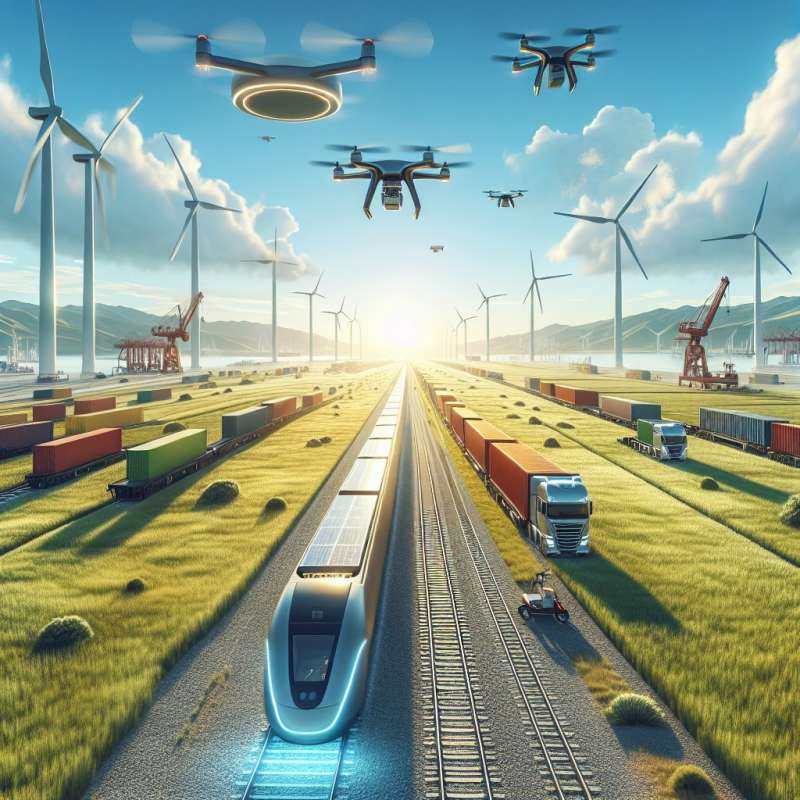
Intermodal Transport Introduction
Intermodal transport involves multiple transportation modes, like rail, ship, and truck, to move goods using intermodal containers. It optimizes logistics, reduces handling, and mitigates cargo damage.
Evolution of Containerization
The modern intermodal container was standardized in the 1960s by Malcolm McLean, revolutionizing global trade. Standard sizes (20 and 40-foot) made stacking, transferring, and shipping efficient, leading to massive industry growth.
Key Intermodal Hubs
Intermodal hubs, such as ports, rail yards, and terminals, are crucial. The world's busiest include Shanghai Port and Chicago's rail terminals, exemplifying global interconnectivity and trade reliance on these nodes.
Environmental Benefits Explored
Intermodal reduces carbon footprint by leveraging the most efficient transport mode for each leg. Trains, for example, are four times more fuel-efficient than trucks, lowering greenhouse emissions significantly.
Technology in Intermodalism
Advancements like GPS, IoT, and blockchain have transformed intermodal logistics. Real-time tracking, improved security, and seamless documentation flow are now possible, enhancing efficiency and reliability.
Governmental Policy Impact
Policies and regulations shape intermodal transport. Government initiatives like the EU's TEN-T promote infrastructure development and integration, facilitating smoother intermodal transitions across countries.
Future of Intermodal Transport
The future points towards automation and electrification. Autonomous trucks and drones, electric freight trains, and automated ports will redefine the efficiency and sustainability of intermodal transport.
Who standardized modern intermodal containers?
Henry Ford
Malcolm McLean
Cornelius Vanderbilt
Company